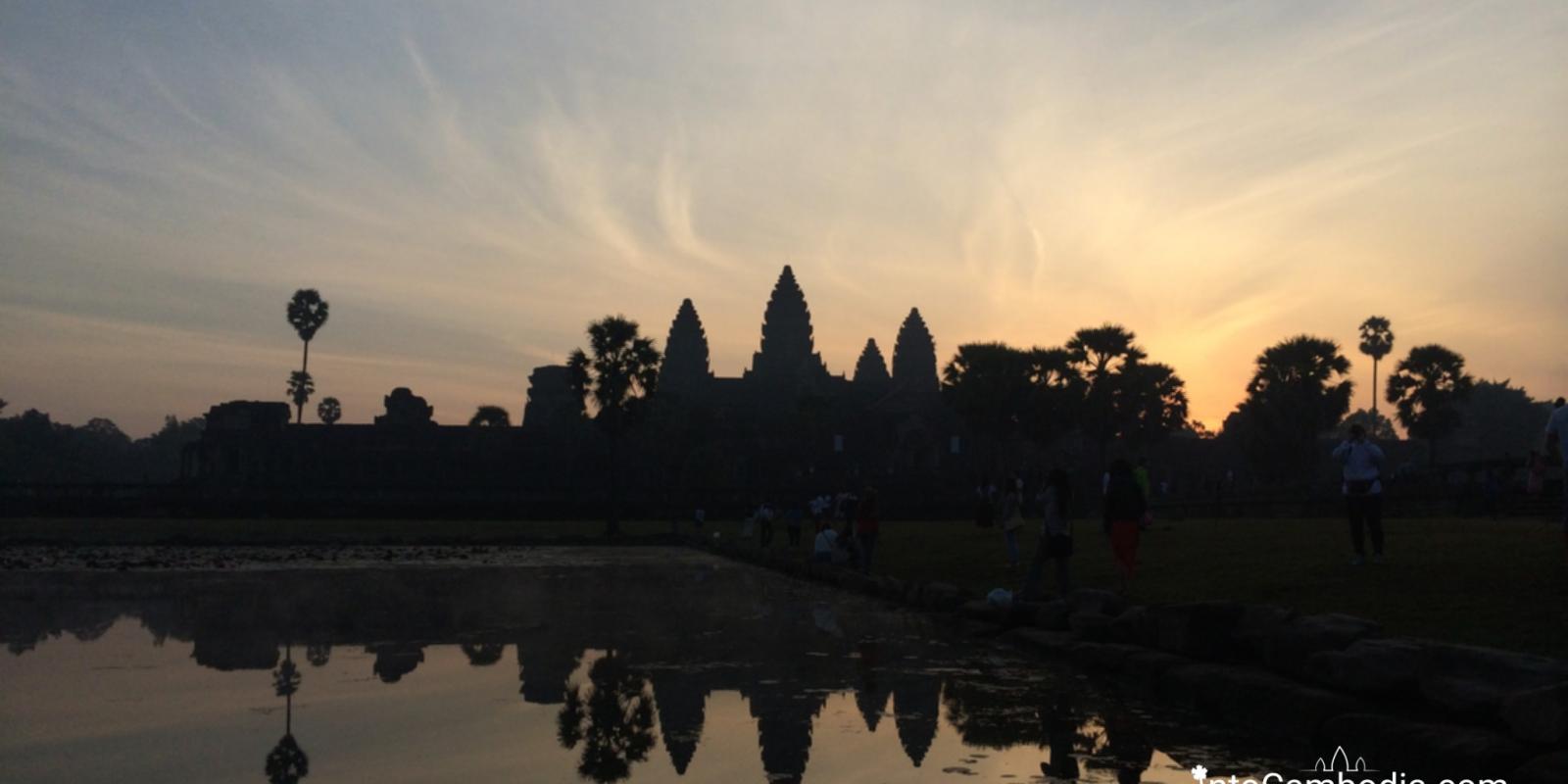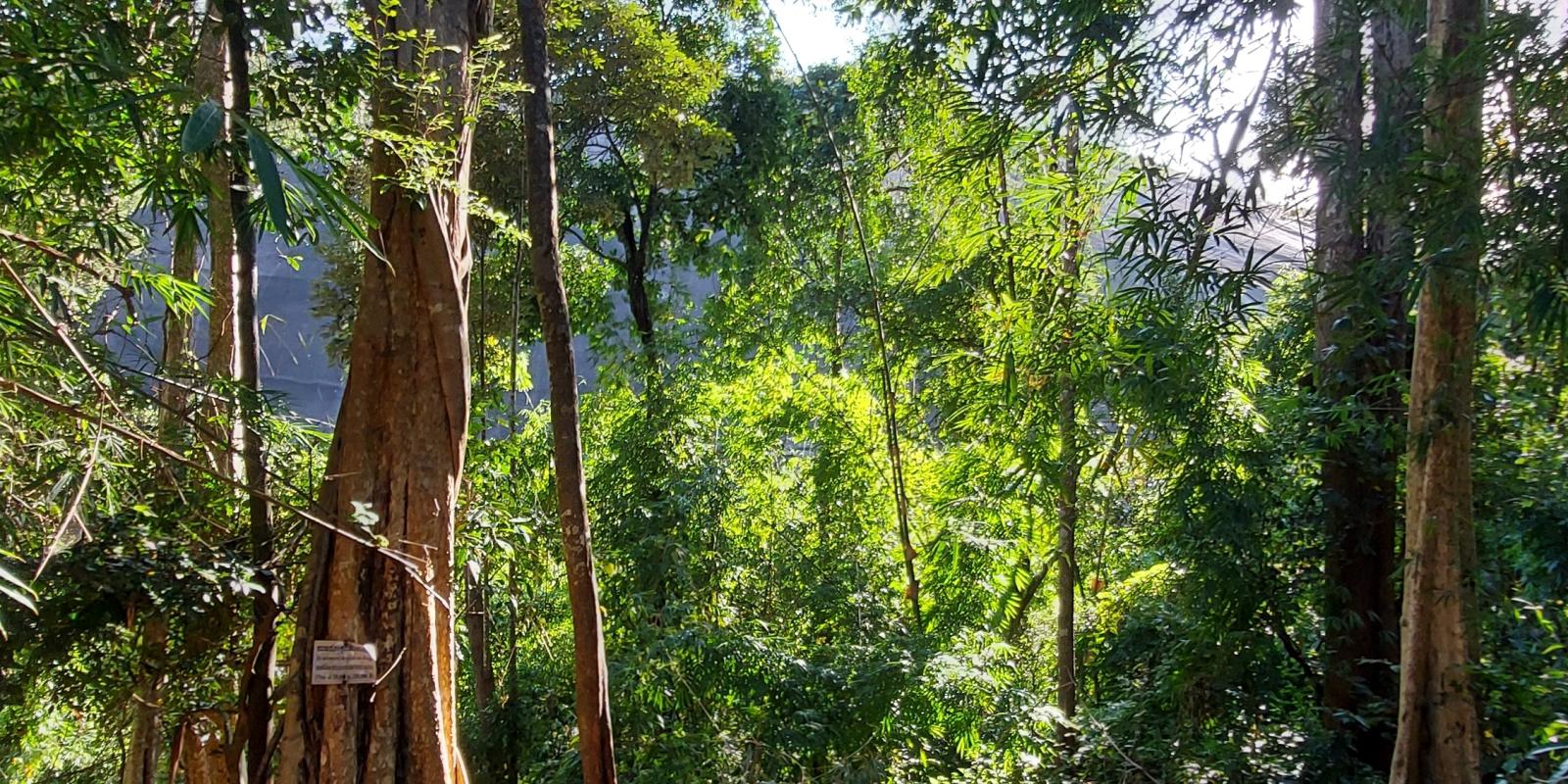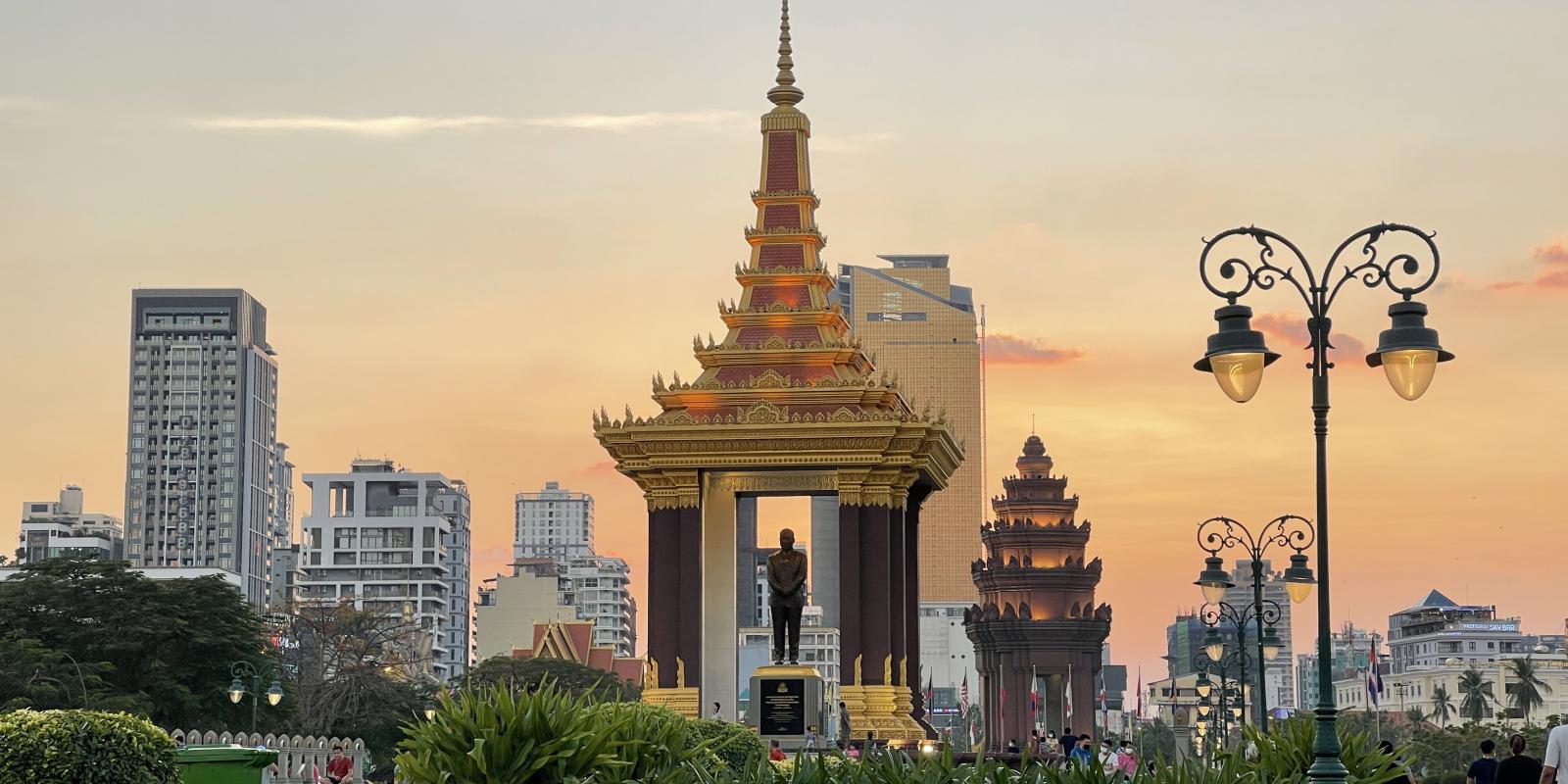Siem Reap is a city with deep historical and cultural significance in Cambodia. Not only is it the second largest city in the country with a population of over 200,000 citizens, but it is also the most visited tourist destination as well. During its golden age, Siem Reap was the Capital of the Khmer empire and was known as Angkor capital hosting more than 1000 temples and sites that were built between the 9th and 15th centuries. Although you will most likely be visiting Siem Reap for the spectacular ancient structures, they are not the only attractions that the former capital has to offer.
So, buckle up and get ready because we’re going to walk you through the best places to visit in Siem Reap, Cambodia’s most beloved city.
1. Angkor Archaeological Park
Quite easily the most renowned attraction in Cambodia, if not the world, Angkor Archaeological Park got its name from the biggest temple – Angkor Wat. Stretching for over 400 square kilometers (roughly 250 miles), the archaeological site is home to hundreds of structures including 72 major temples concentrated within a 24km (15 miles) radius. So be sure to stay hydrated as you have a lot of ground to cover and Cambodia’s climate can be quite punishing.

Some of the major temples that you should aim to check out first are Angkor Wat and Angkor Thom. Officially the world’s largest religious monument, Angkor Wat is a physical representation of the glorious days of the Khmer empire at its height. The purpose of this temple is to replicate heaven on earth as evident from its design that perfectly fits the description of paradise in Hindu scriptures. As for Angkor Thom, it is not exactly a single structure but an actual ancient city with many different buildings we consider temples. Some of them include Bayon, Baphuon, Tep Pranam, and Phimean Akas temple just to name a few. Don’t forget to bring a map so that you can plan out a way to experience as many temples as possible.

The site is located 6km north of Siem Reap’s city center. We recommend travelers hire a tuk-tuk driver to drive and show you around if it is their first time there. However, if you want to have more freedom in exploring the temples by yourself, motorbikes and bicycles are very convenient options that cost around USD10-15 / day and USD1-5 / day, respectively.

2. Angkor National Museum
In a city as historically important as Siem Reap, it is the perfect place to take a look at its museum. Angkor National Museum can be found along Charles de Gaulle Boulevard, and its galleries showcase Khmer history, civilization as well as cultural heritage.
The Museum provides an audio guide service that lets visitors rent pre-recorded information about the exhibitions and is available in English, French, German, Japanese, Chinese, Korean, and Thai. Going through all 8 of their galleries will give you a deeper understanding of how the empire came to be as well as its people.
3. Cambodia Landmine Museum
As the Angkor National Museum offers a view of the Golden era of Khmer civilization, Cambodia Landmine Museum presents the grim reality of the country’s darkest age. This museum aims to educate visitors on the decades of war that Cambodia went through during the late 20th century that still torments a majority of the population because the landmines that were planted during the conflict have not been fully cleared.
Located within the Angkor Archaeological Park just 25km from Siem Reap, landmines are displayed in the museum as a way to tell the story of its founder, Aki Ra, who has dedicated his life to keeping his country and fellow Cambodians safe from the horrors of these mines.
4. Banteay Srey Butterfly Center
In the same area as the landmine museum is a butterfly exhibit filled with thousands of butterfly species as well as a diverse selection of tropical flowers. At Banteay Srey Butterfly Center (BBC), visitors are able to interact with these beautiful insects and observe their life cycles. In addition to farming butterflies sustainably, revenues earned from tourists are used for their poverty alleviation project which employs locals and teaches them how to farm butterflies.
5. Bambu Stage
Bambu Stage is an attraction located in Siem Reap city center that offers a unique experience in learning about Khmer arts. Learn more about Khmer architecture through their immersive “how to build a temple” with guides deconstructing temples using interactive models. Travelers can also relax and enjoy a wonderful performance that showcases Khmer music, legends, and artistry in the form of a puppet show.
Bambu Stage is perfect for those who appreciate arts. Support the Cambodian art scene by coming to this attraction. The ticket price starts from $19 and is open from 6 pm-9 pm.
6. Hariharalaya
Known as the former Capital before Angkor, visitors can find ruins of the old city as well as a retreat center that provides meditation and yoga classes. Ancient royal temples such as Bakong, Lolei, and Preah Ko can be found in the area. In addition, visitors can take some time at the Hariharalaya Yoga and Meditation Retreat to relax and experience the beauty of Cambodia.

You can find Hariharalaya in a small town called Rolous about 13km east of Siem Reap.
7. Phnom Kulen National Park
Considered to be the Nation’s most sacred mountain, Mount Kulen is filled with religious and historical remnants of the old empire. Preah Ang Thom is an ancient 16th-century pagoda (Wat) that locals will make their pilgrimage journey toward in order to make donations to monks and pray. On the western side of this mountain is an archaeological site of Kbal Spean and is an area known for its “River of a Thousand Lingas”. Finally, rejuvenate your soul by taking a dive into Kulen’s multiple scared waterfalls.

Sprawling to almost 40,000 hectares, the National Park is 50km north of Siem Reap which takes about 2 hours to reach. The ticket fee is separate from Angkor Archeological Park’s temple pass and is about $20 per person.
8. Srah Srang
If you are looking for a scenic place to take photos then Srah Srang is the spot. This ancient reservoir can be used as a substitute for the crowded Angkor Wat to take photos of sunrise and sunset decorated by guardian lions and Nagas on the platform.

Located east of Banteay Kdei inside of the Angkor Archeological Park, its name suggests that the reservoir was used as a bathing place for kings. However, inscriptions found there stated that the water is to be “for the benefit of all creatures”.[5]
9. Tonle Sap Lake
Commonly translated as “The Great Lake”, Tonle Sap is the heart of Cambodia’s food supply and ecosystem. The lake is home to over 400 species of fishes, reptiles, and water birds as well as is the largest freshwater lake in Southeast Asia. Floating villages with houses, schools, hospitals, and government offices are very interesting to witness.

Tonle Sap Lake has located 15km from Siem Reap where you can find services that offer a tour around the floating villages.

10. Pub Street
For those who want to enjoy the modern lifestyle aspect of Cambodia, Pub Street is the focal point of Siem Reap nightlife. The colorful street is packed with bars, clubs, restaurants, souvenir shops as well as vendors that would not make any moment there feel dull. If you’re feeling physical fatigue from exploring temple ruins, why not check out massage services there (there are even fish massages).

Officially named “street 8” in the center of Siem Reap, the road is closed off to vehicles when the sun sets.





